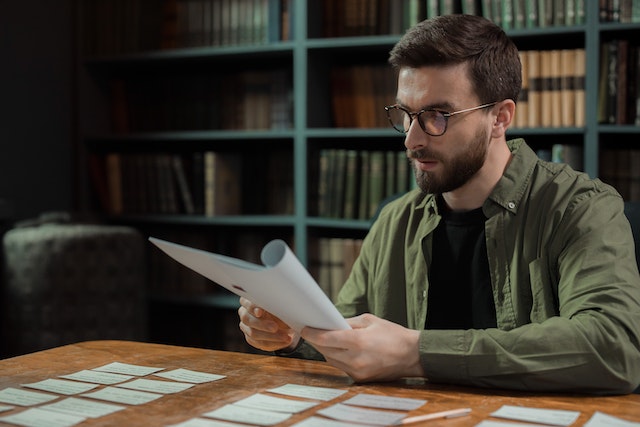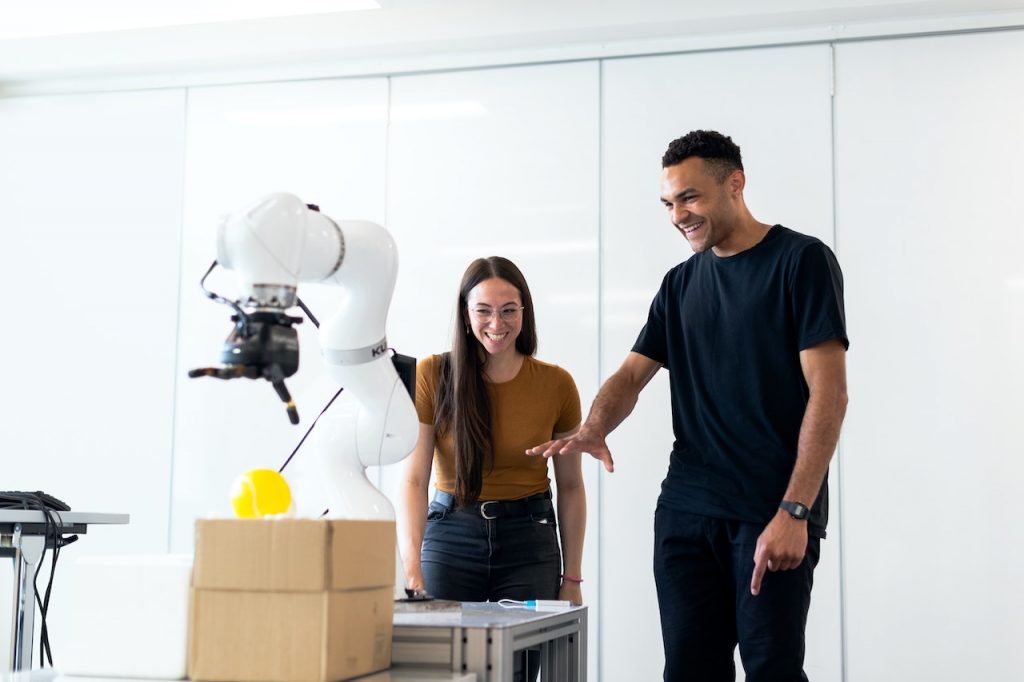
GUEST POST from Art Inteligencia
Scenario planning is an important tool for futures research, allowing organizations to make informed decisions about their future strategies. Scenario planning is a process of developing alternative “what if” stories about how the future may unfold, based on a variety of factors. By exploring different possible outcomes, organizations can develop a better understanding of their future environment and position themselves to take advantage of opportunities and mitigate risks. In this article, we’ll explore the benefits of using scenario planning in futures research and the different techniques organizations can use to develop effective scenarios.
The primary benefit of using scenario planning in futures research is that it allows organizations to identify and prepare for a range of potential outcomes. By considering different possible scenarios, organizations can assess the implications of their decisions and develop contingency plans to ensure they are prepared for a variety of different futures. Scenario planning also helps organizations to consider the future in a more holistic manner, allowing them to identify and prepare for potential gaps, challenges, and risks that may arise in different scenarios. As a result, organizations are better equipped to proactively manage potential risks and capitalize on opportunities as they arise.
Another benefit of using scenario planning in futures research is that it allows organizations to develop a shared understanding of the future and a common language for discussing it. By developing scenarios together, organizations can ensure that everyone is on the same page and that all team members are aware of the potential outcomes of their decisions. This helps to ensure that everyone is working towards the same goal and that all decisions are made with the organization’s long-term objectives in mind.
Finally, scenario planning is a great way to engage stakeholders in the decision-making process. By involving stakeholders in the scenario planning process, organizations can ensure that they are considering the perspectives of all parties and that all stakeholders are aware of the potential implications of their decisions. This helps to ensure that all stakeholders are working towards the same goal and that any decisions are made with the organization’s best interests in mind.
When it comes to developing effective scenarios, there are a few different techniques that organizations can use:
1. The Delphi Method
The most common technique is the Delphi method, which involves a series of structured interviews with experts in the field. Through these interviews, organizations can gather a range of perspectives on potential future scenarios, allowing them to develop a more comprehensive understanding of the potential outcomes of their decisions.
Here are five (5) key benefits of using the Delphi Method:
- Promotes collaboration: The Delphi Method encourages collaboration and participation from a wide range of stakeholders, allowing for a comprehensive discussion on the topic at hand.
- Generates a range of forecasts: The Delphi Method offers a range of possible scenarios and forecasts, allowing for a more comprehensive overview of the potential future.
- Can be used to generate scenarios: The Delphi Method can be used to generate a variety of scenarios, allowing for a more complete understanding of the potential future.
- Fosters consensus: The Delphi Method encourages consensus building on the issue at hand, allowing stakeholders to reach a common understanding on the topic.
- Is easy to use: The Delphi Method is relatively simple to use and does not require extensive preparation or resources.
2. SWOT Analysis
Organizations can also use the SWOT analysis technique, which involves analyzing the Strengths, Weaknesses, Opportunities, and Threats associated with different potential scenarios. This helps organizations to identify potential risks and opportunities associated with different scenarios and to develop more effective strategies for dealing with them.
Here are eight (8) benefits of using SWOT:
- It allows organizations to identify and analyze both internal and external factors that may affect their goals.
- It helps organizations to identify potential opportunities and threats in their environment.
- It enables organizations to develop strategies to capitalize on strengths and mitigate weaknesses.
- It facilitates collaborative decision-making by involving different stakeholders in the process.
- It encourages creative thinking and helps organizations to make decisions based on facts rather than assumptions.
- It provides an organized structure for identifying and assessing a variety of scenarios.
- It helps to build a shared understanding of current and future business conditions.
- It provides a framework for tracking progress and making adjustments as needed.
3. Additional Techniques Useful for Scenario Planning
The Delphi Method and SWOT Analysis aren’t the only techniques useful in scenario planning.
Here are five (5) other techniques you can incorporate:
- Brainstorming: Involves generating ideas and concepts in an open and creative atmosphere.
- Morphological Analysis: Involves breaking down a problem into its component parts and then exploring all the possible combinations and permutations of those parts.
- Scenario Matrix: Involves creating a matrix that divides up possible scenarios into groups based on their relative likelihood and impact.
- Simulation: Involves creating a model of the system and running it through to explore different scenarios.
- Trend Analysis: Involves analyzing historical data to identify potential future trends.
Conclusion
Scenario planning is an invaluable tool for futures research, allowing organizations to make informed decisions about their future strategies. By exploring different potential scenarios, organizations can develop a shared understanding of the future and a common language for discussing it. They can also identify potential gaps, challenges, and risks that may arise in different scenarios and develop contingency plans to ensure they are prepared for a variety of different futures. Organizations can use the Delphi method or SWOT analysis techniques to develop effective scenarios and involve stakeholders in the decision-making process to ensure that all decisions are made with the organization’s best interests in mind.
Bottom line: Futurology and future studies are not fortune telling. Skilled futurologists and futurists use a scientific approach to create their deliverables, but a methodology and tools like those in FutureHacking™ can empower anyone to engage in futurology themselves.
Image credit: Pexels
 Sign up here to join 17,000+ leaders getting Human-Centered Change & Innovation Weekly delivered to their inbox every week.
Sign up here to join 17,000+ leaders getting Human-Centered Change & Innovation Weekly delivered to their inbox every week.

![]() Sign up here to get Human-Centered Change & Innovation Weekly delivered to your inbox every week.
Sign up here to get Human-Centered Change & Innovation Weekly delivered to your inbox every week.




